How to design your perfect modular system: LFOs and modulators
Lending an extra hand to the modular synthesist, LFOs are key to producing patches that evolve and change over time
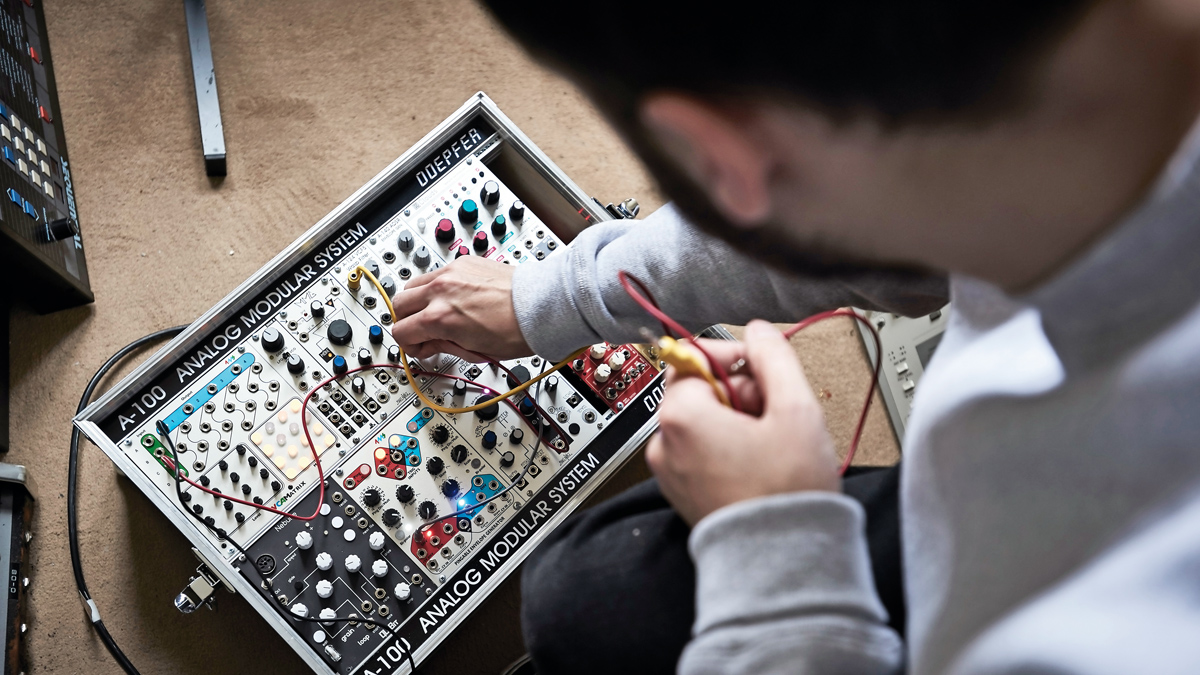
The biggest roadblock to success with modular is being able to make adjustments on the fly. With all those knobs and buttons how do you go about making changes to more than a couple of things at once?
Well, modulation is the key. LFOs and other types of modulation act, essentially, as extra hands, taking on the tasks of changing (modulating) settings so you don’t have to.
Pretty much everything in modular is controlled by voltage, so a modulator will create changes in voltage over time, which can then be patched into a parameter of another module.
An LFO is the most basic and common method of doing this. You set the rate, patch into, say, the cutoff of a filter and the filter will open and close repeatedly at that frequency. Most modules that have modulation inputs also have an attenuverter, which limits the amount of modulation to further control the overall effect.
As with VCOs, LFOs are available in different waveshapes, with some breaking away from the traditional sine, square and triangle to create really unique modulations. Sometimes, that one extra hand isn’t enough though.
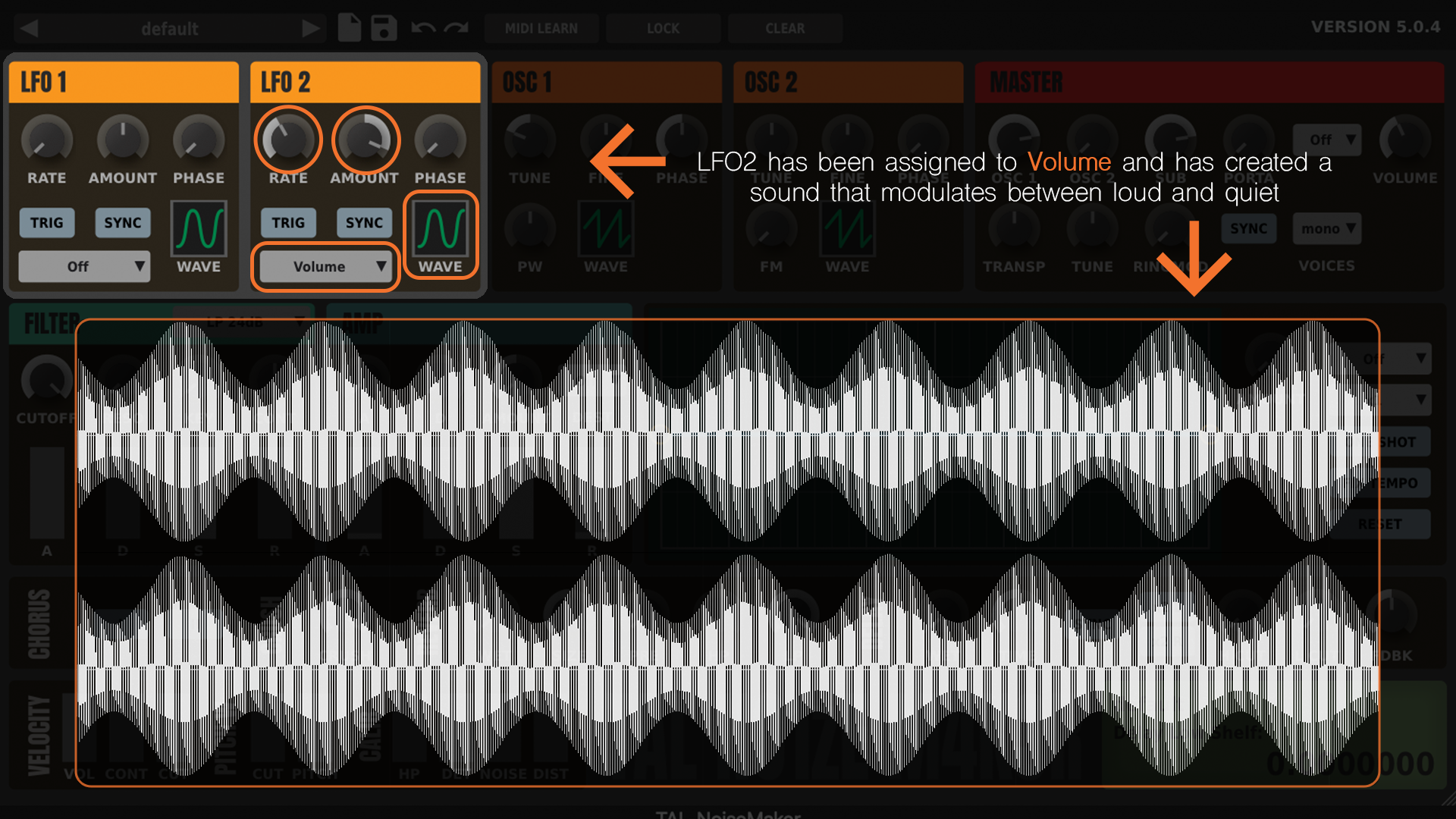
Modulation for beginners: get to grips with LFOs, envelopes and more
When a repeating modulation becomes stale it may be necessary to adjust the LFO. There are a few ways of being able to do this; however, some modules have the ability to chain different LFOs together, so that you can move, for example, from a slow sinewave to a faster square wave, then onto a different speed of triangle, and so on. Clock speed may have an impact here but not to worry, most modulators have a clock input to keep things nicely in sync.
It’s also possible to use other module types for modulation, for example, triggering one module to start a process, like opening a gate that lets through a voltage from a third device. Experimentation is key to getting the most out of the two hands you have and all of the extras that your rig provides.
Get the MusicRadar Newsletter
Want all the hottest music and gear news, reviews, deals, features and more, direct to your inbox? Sign up here.
- How to design your perfect modular system: oscillators
- How to design your perfect modular system: filters
- How to design your perfect modular system: sequencers
- How to design your perfect modular system: effects
Three modulators to consider...
1. Instruo OCHD
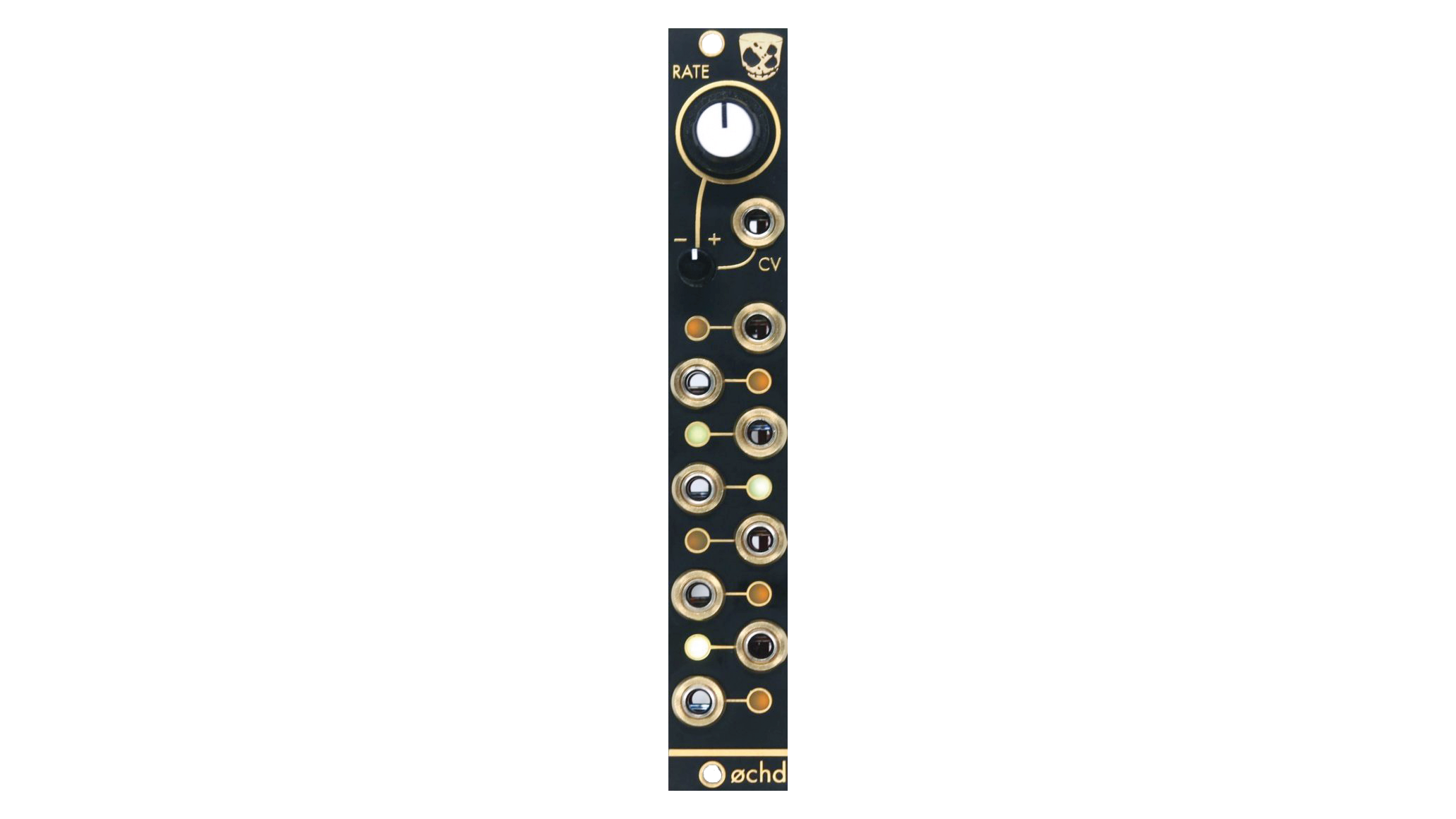
A tiny module with eight free running LFOs at varying speeds, calibrated for musicality. This little module is in every patch we make. It’s worth its weight in gold, adding beautiful movement every time.
- Buy: Instruo OHCD LFO
2. Acid Rain Maestro
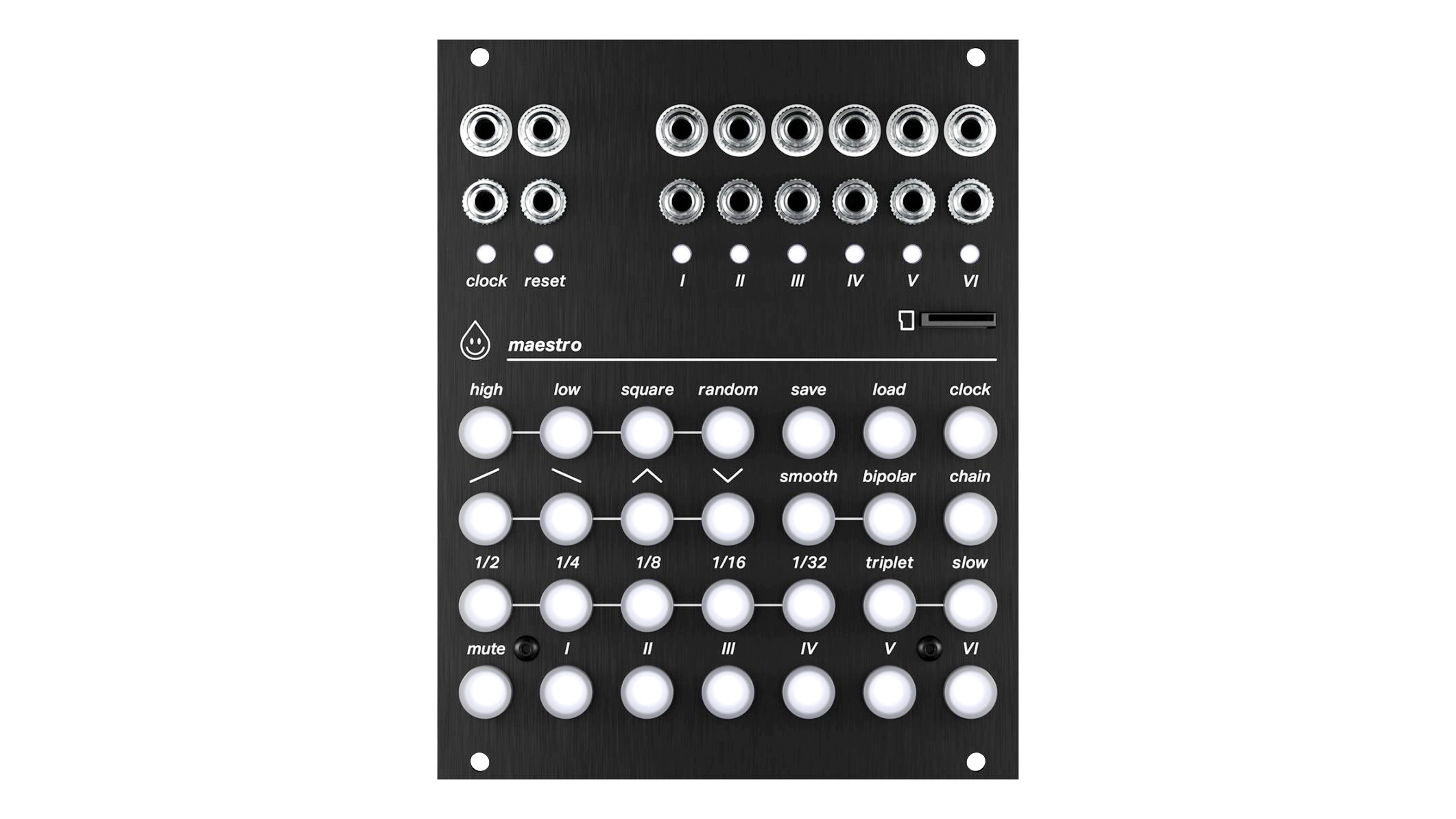
This LFO has multiple waveforms, can chain together sets of shape changes, speeds and syncs with your rig very easily and has some neat features for controlling live.
- Buy: Acid Rain Maestro
3. Mutable Instruments Tides
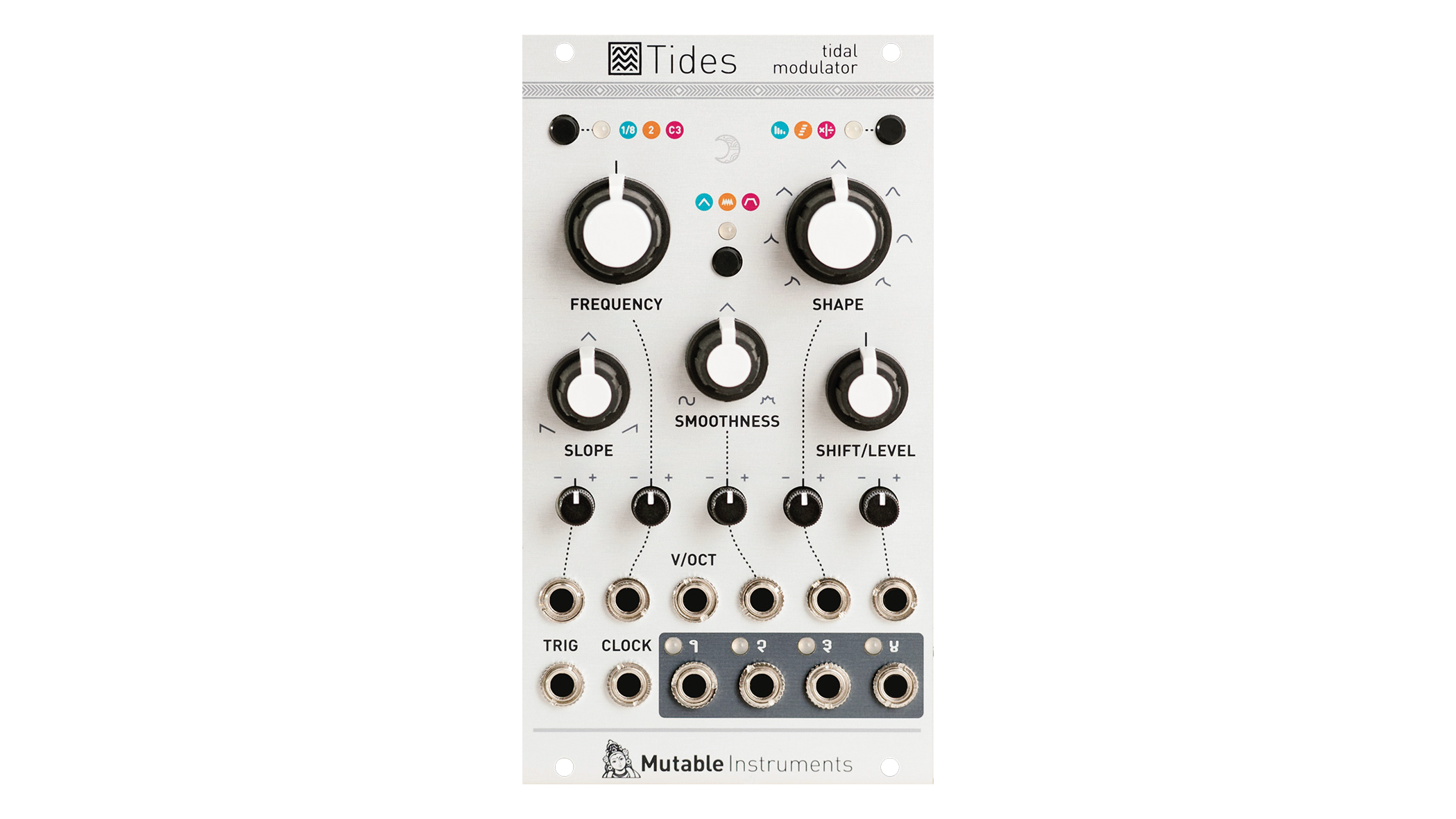
This is billed as a tidal modulator, due to the shapes you can dial in with it, which range from the smooth to the angular with deformable falloff. As well as heaps of modulation, it can act as a voice in its own right too.


Future Music is the number one magazine for today's producers. Packed with technique and technology we'll help you make great new music. All-access artist interviews, in-depth gear reviews, essential production tutorials and much more. Every marvellous monthly edition features reliable reviews of the latest and greatest hardware and software technology and techniques, unparalleled advice, in-depth interviews, sensational free samples and so much more to improve the experience and outcome of your music-making.










